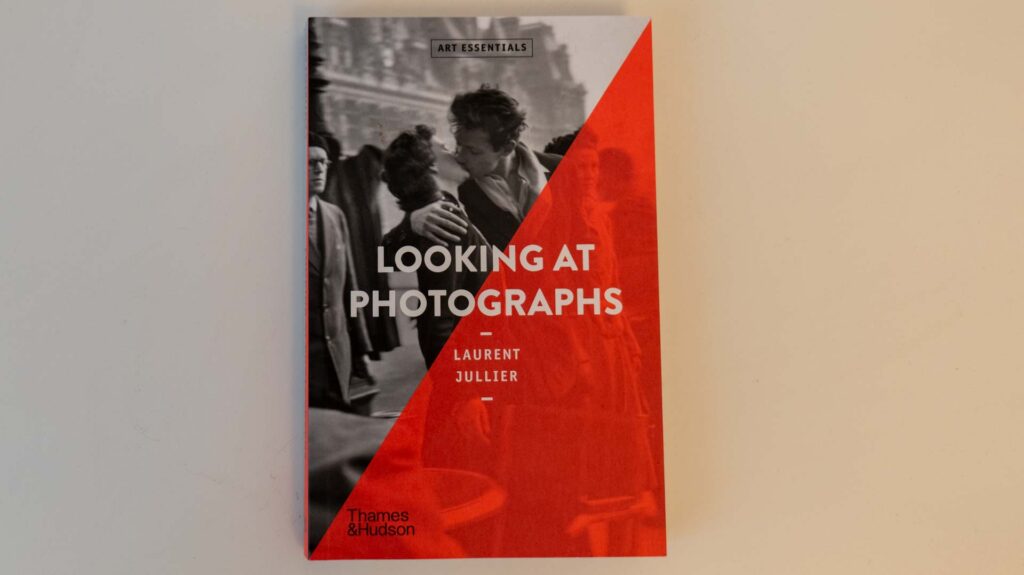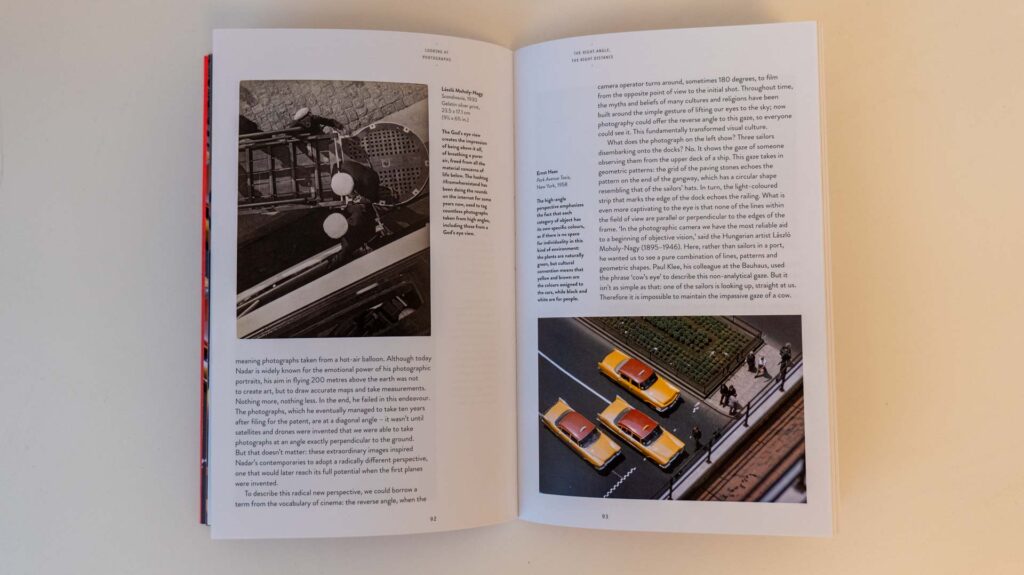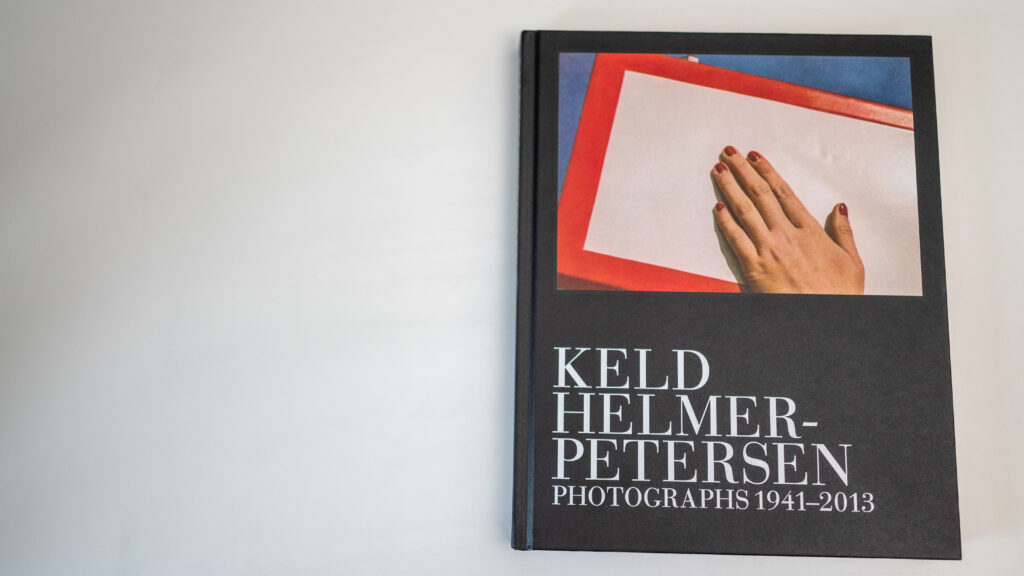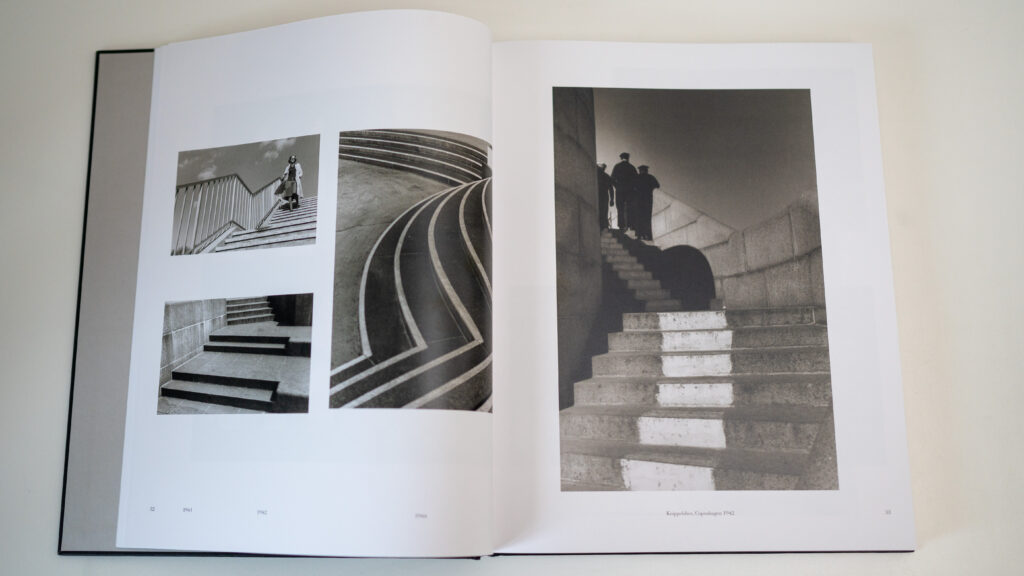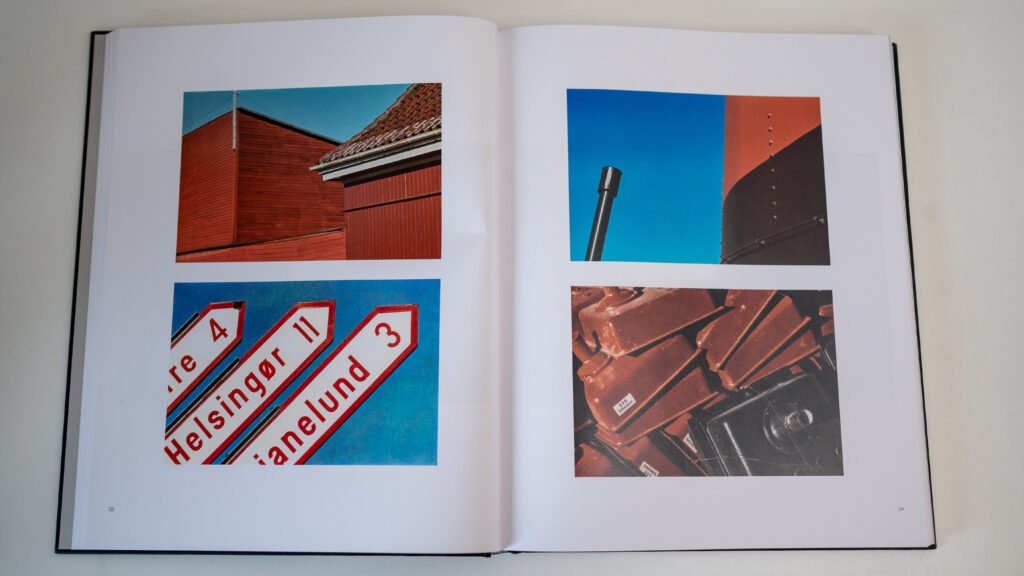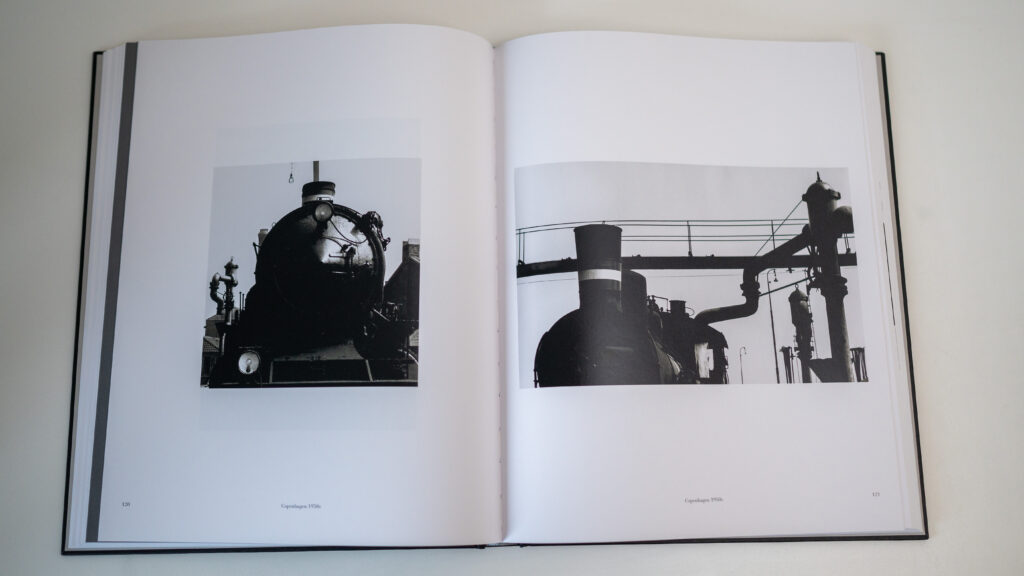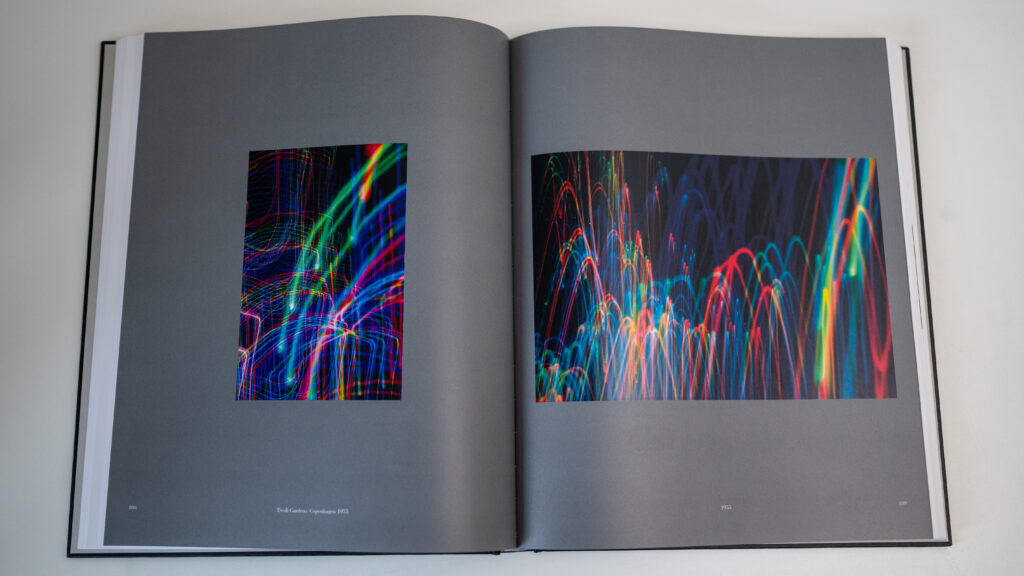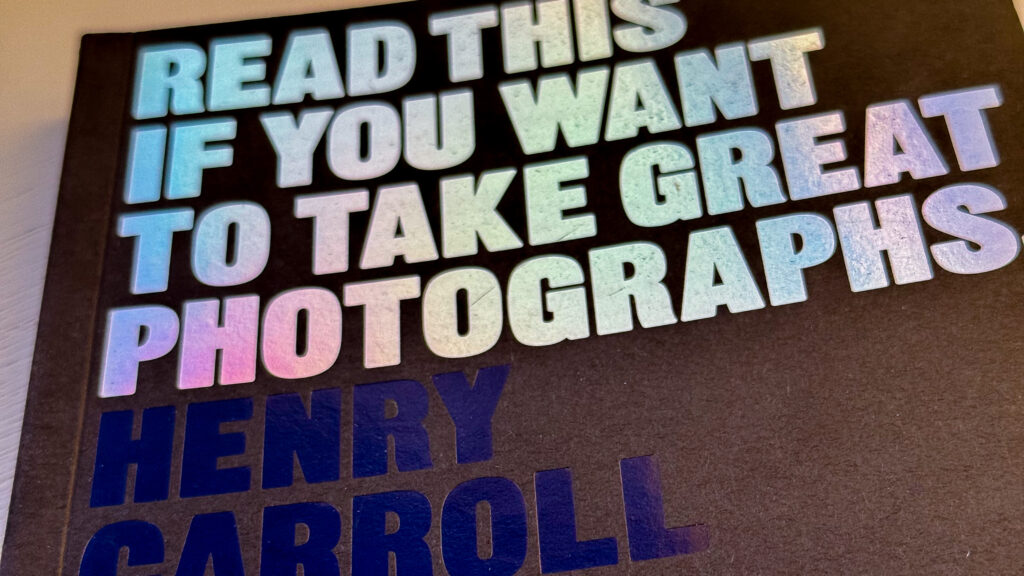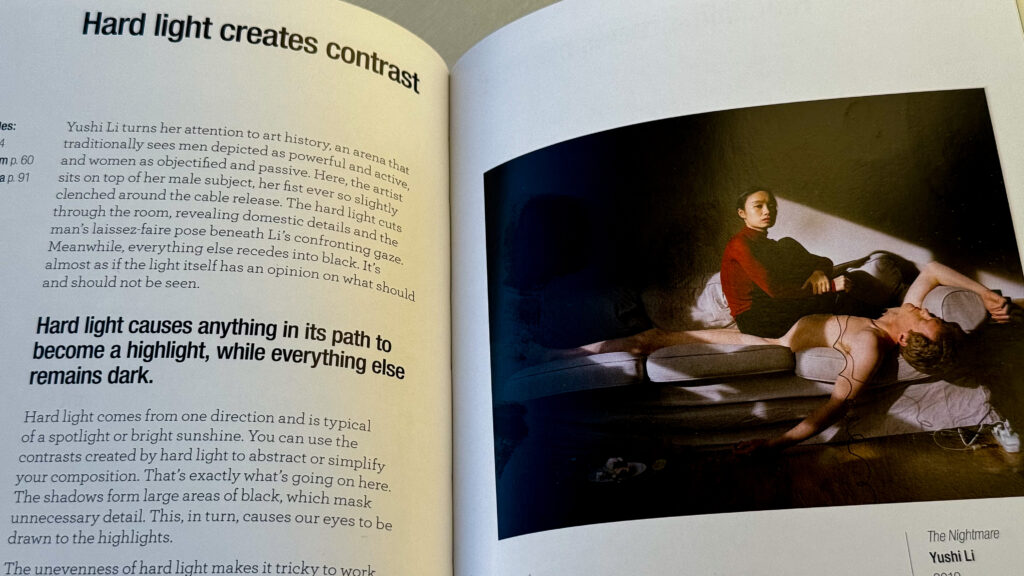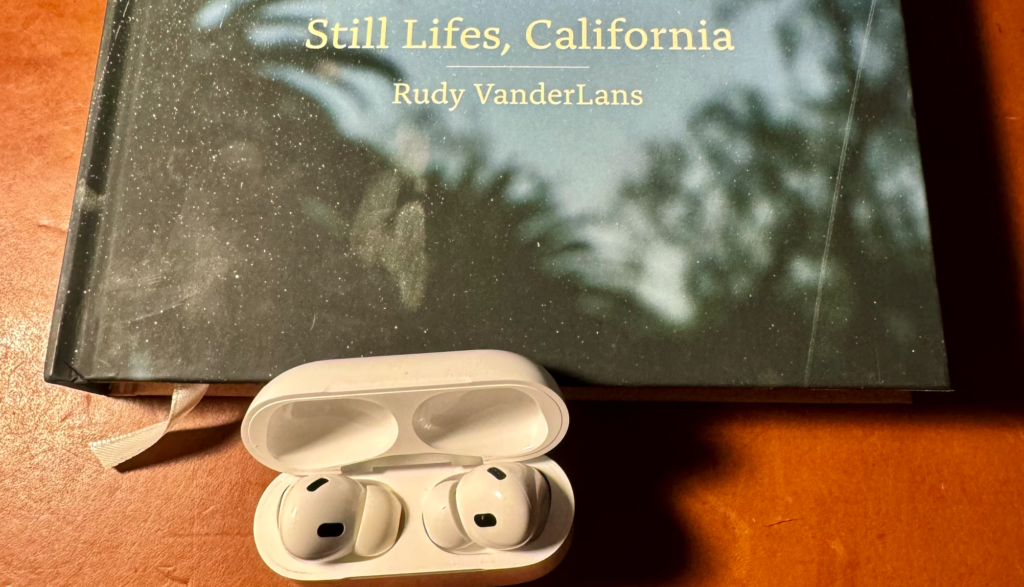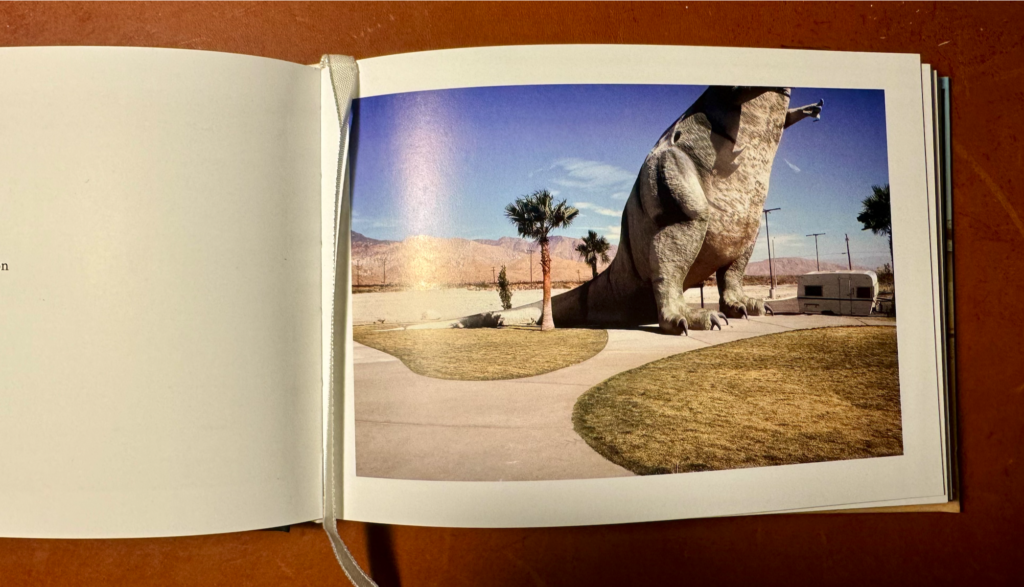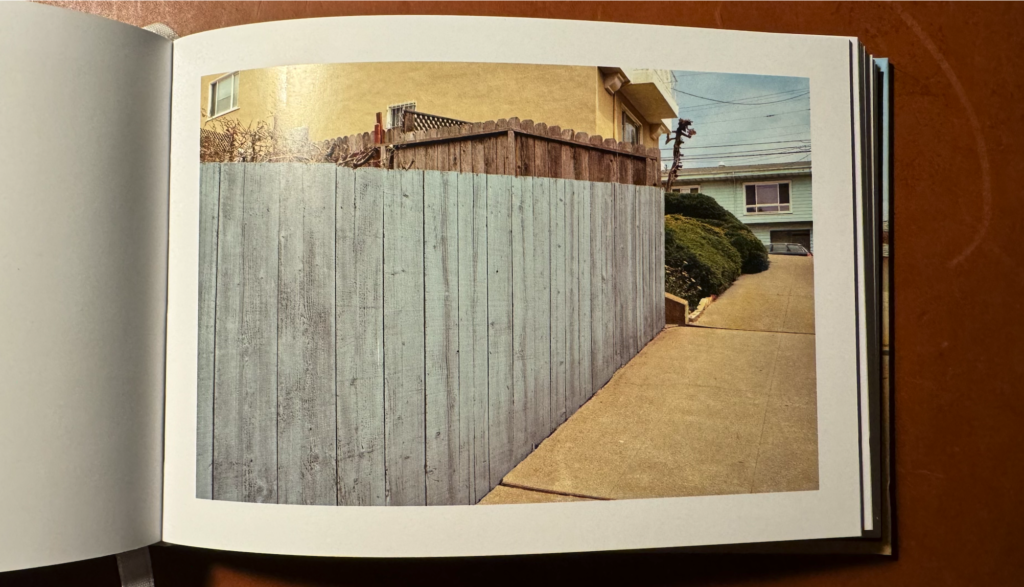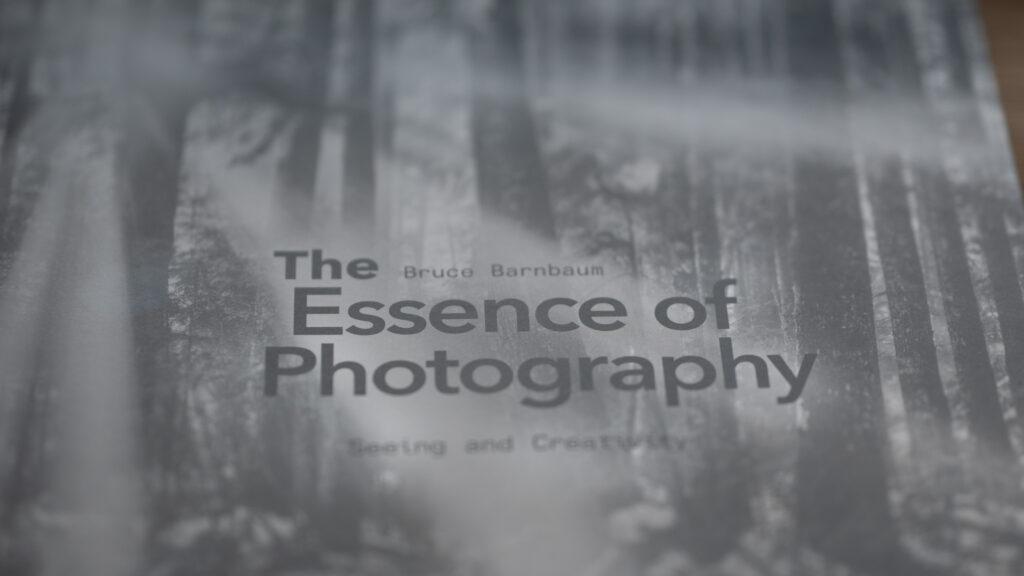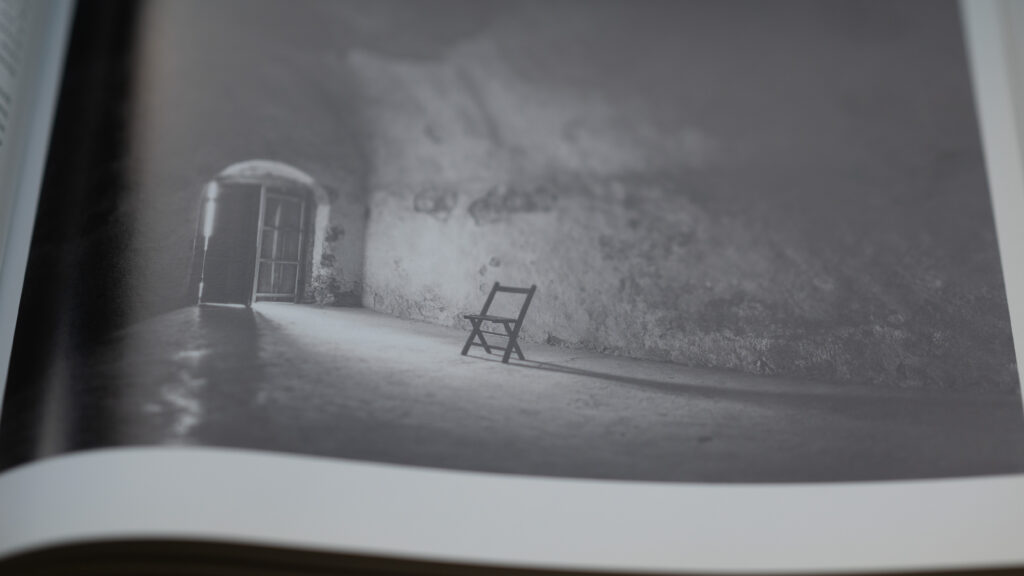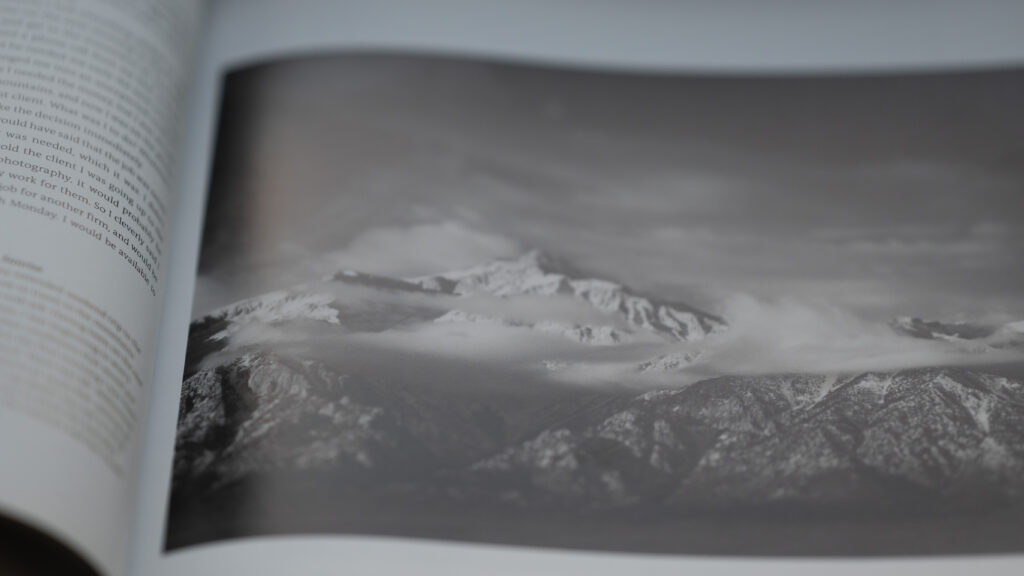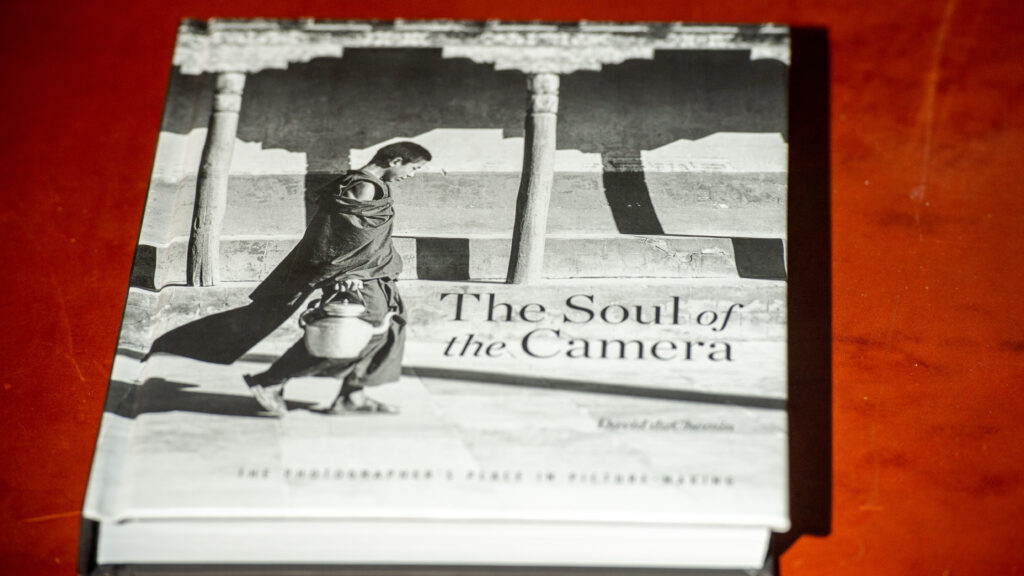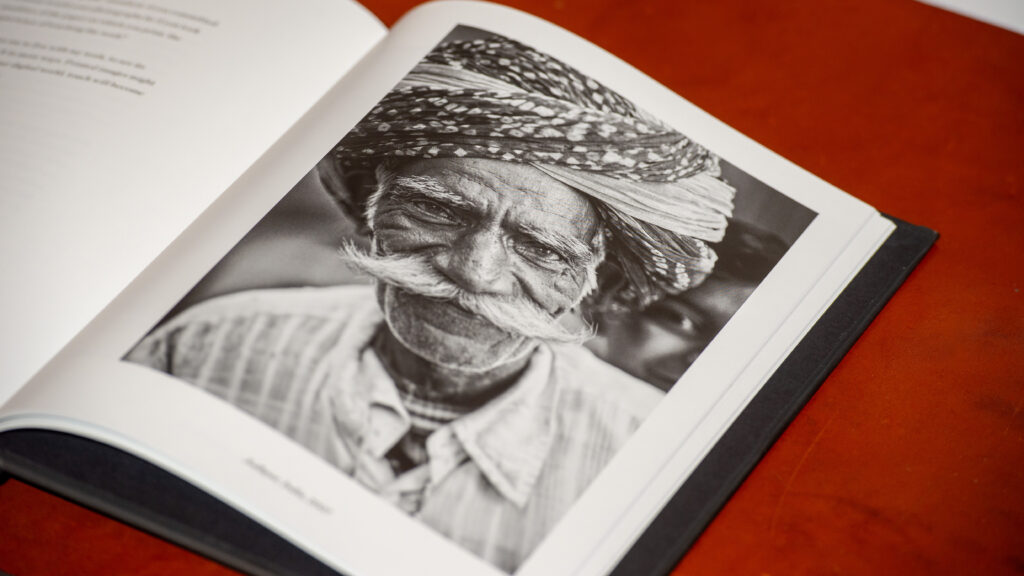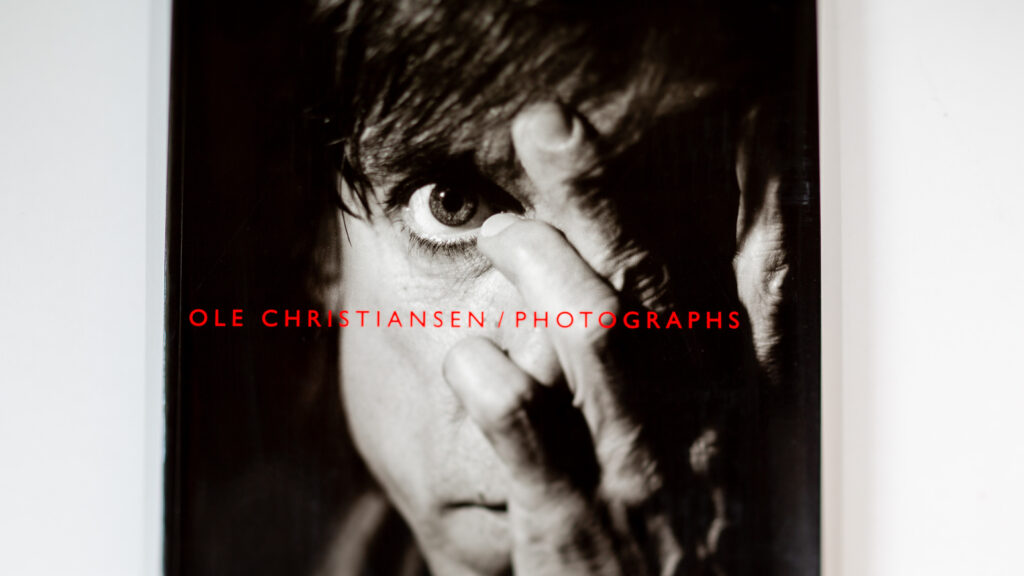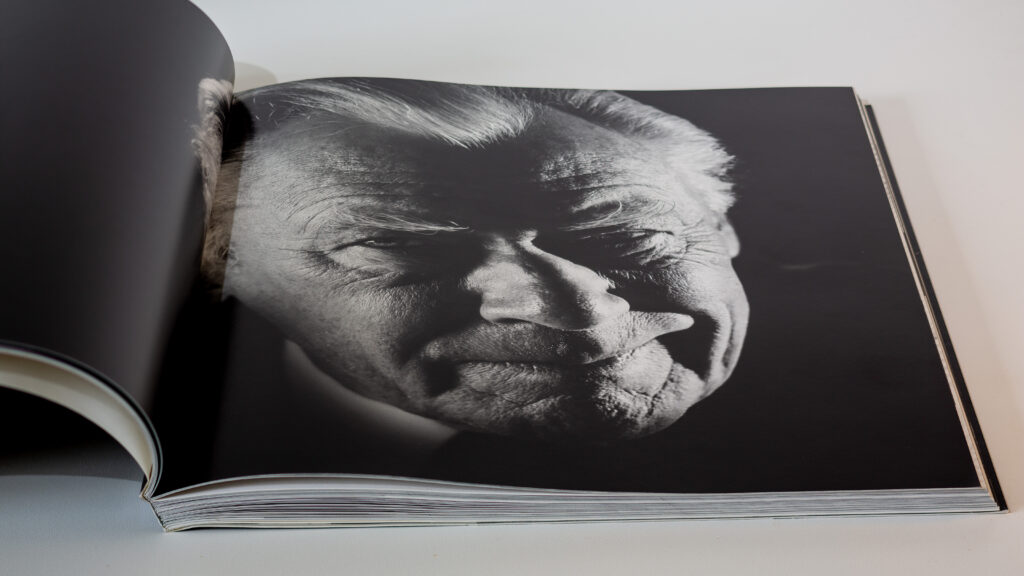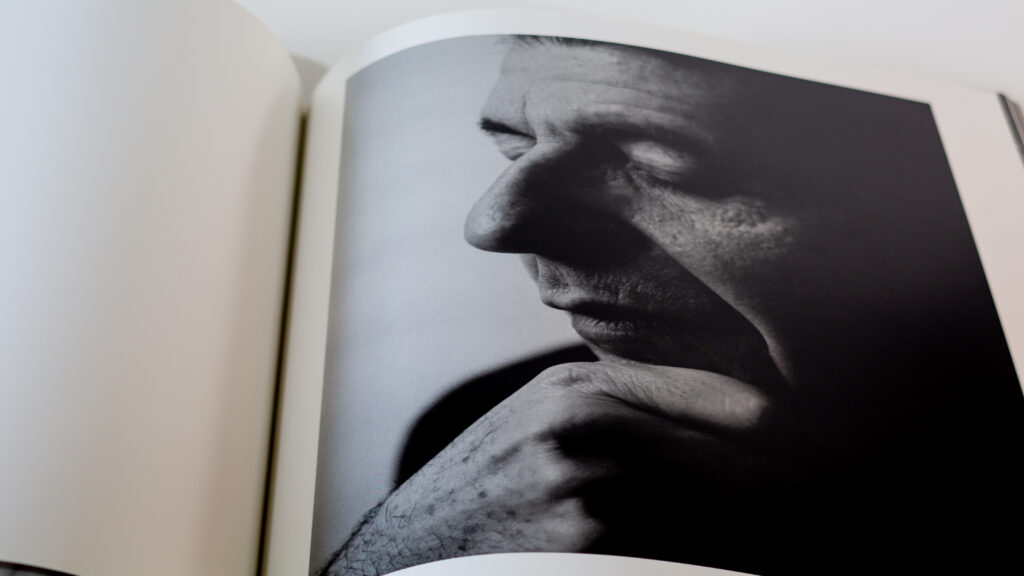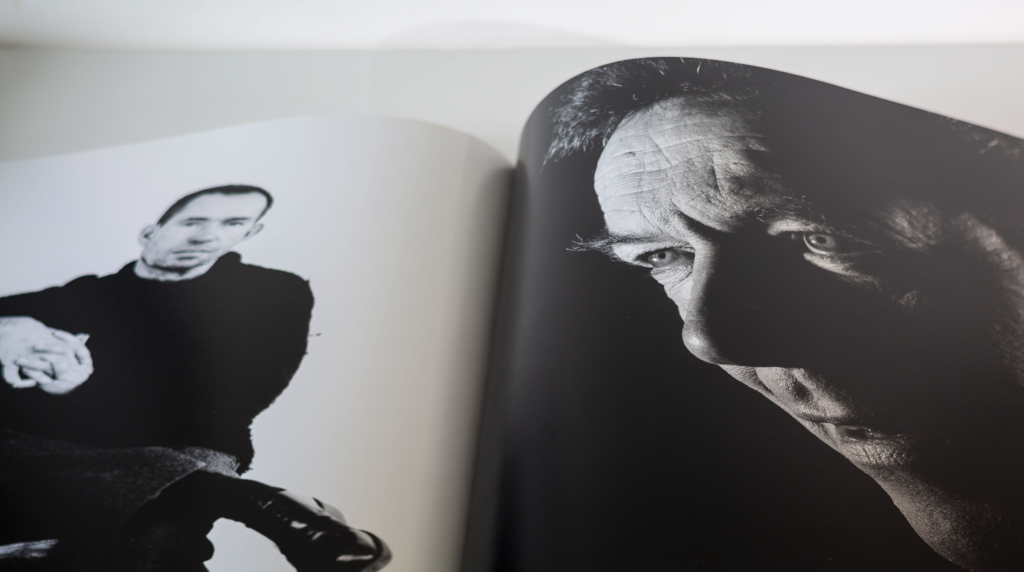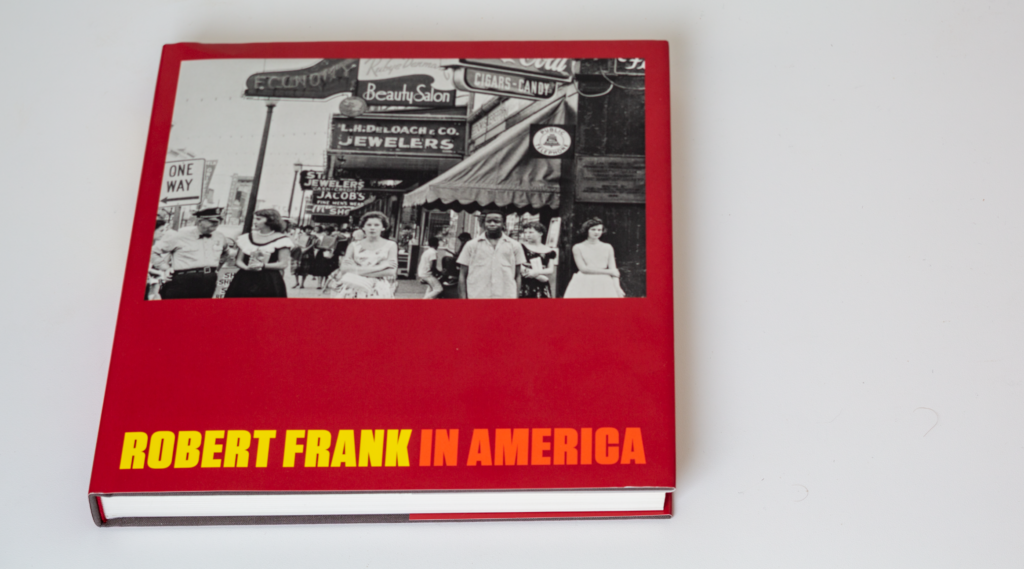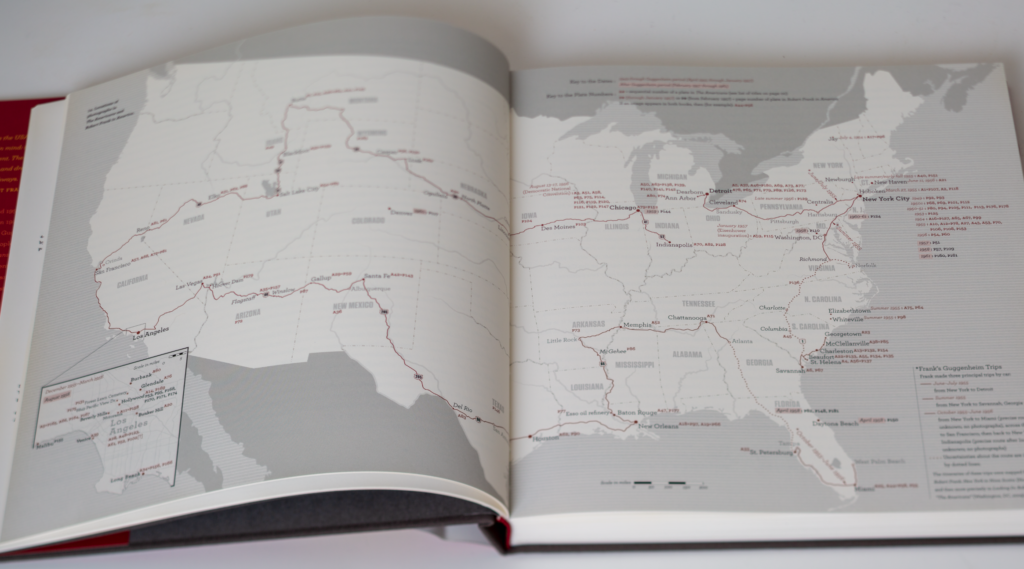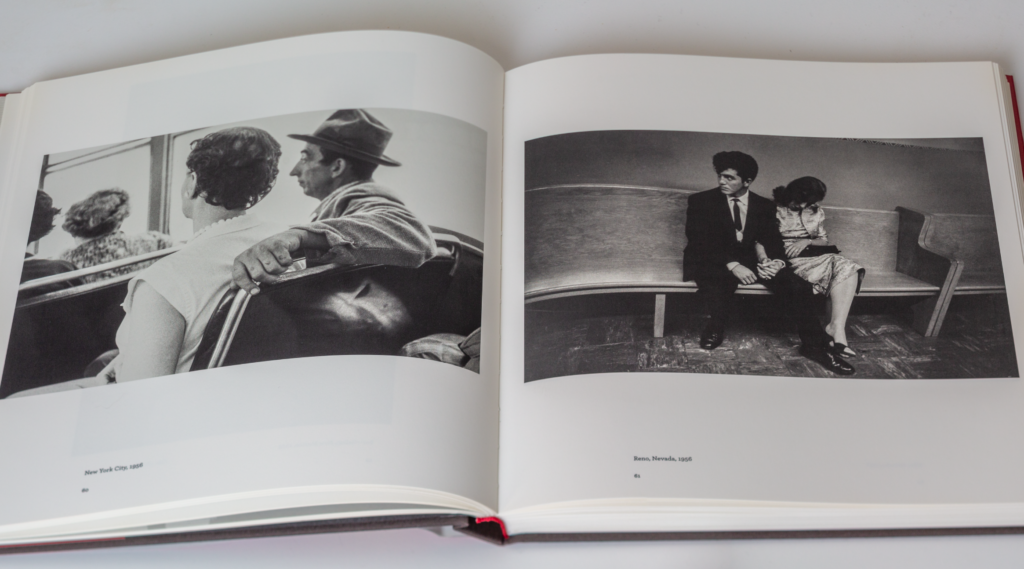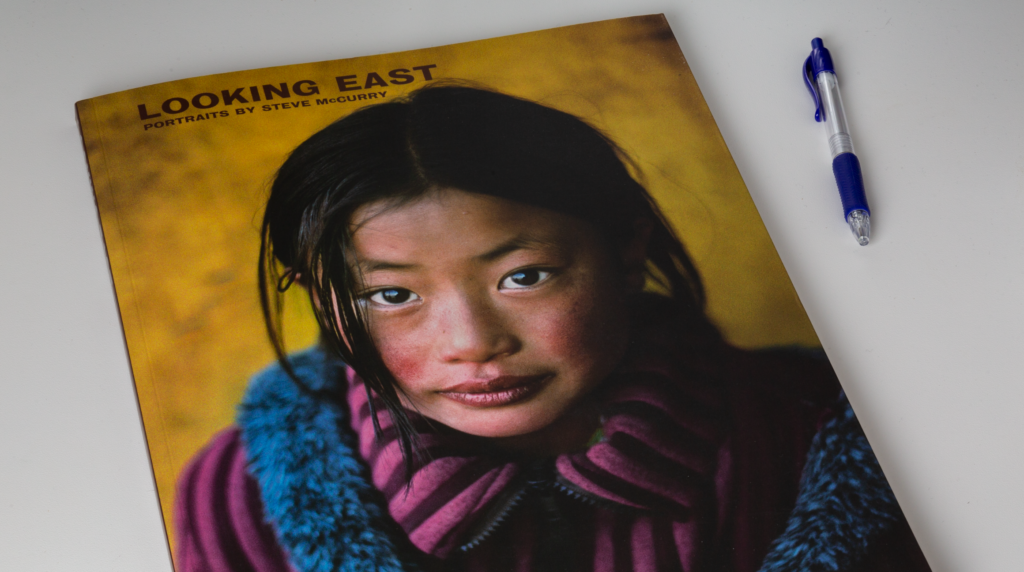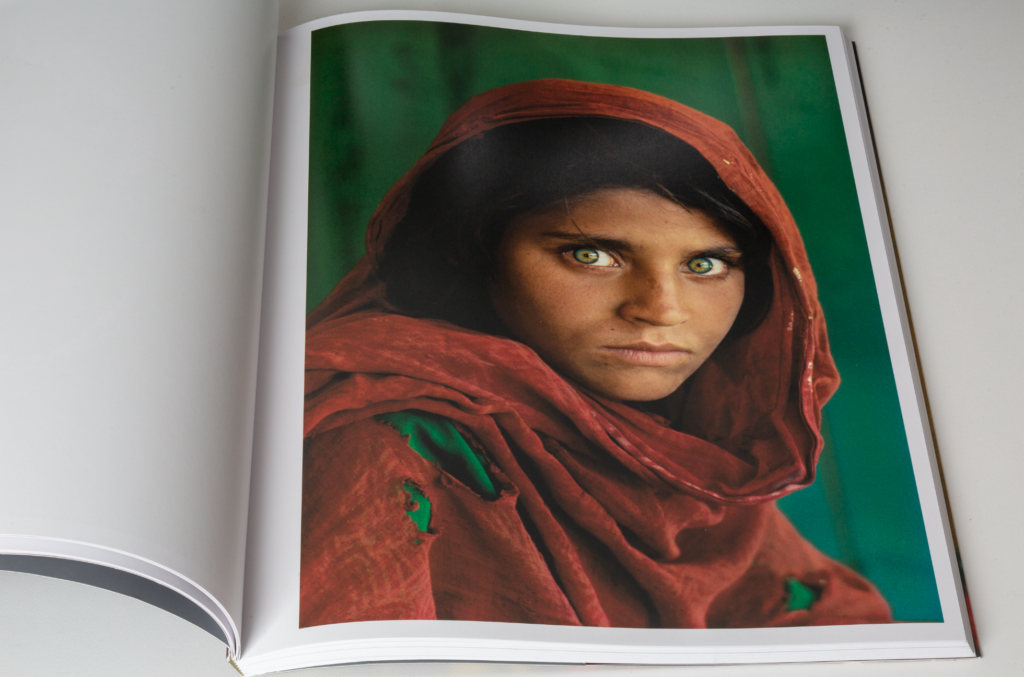If you are interested in the work of Gregory Crewdson and want to understand more about the artist, his background, etc, then this book is just perfect for you. It presents a lot of his work and a number of articles provides insight and analysis of this spectacular photographer.
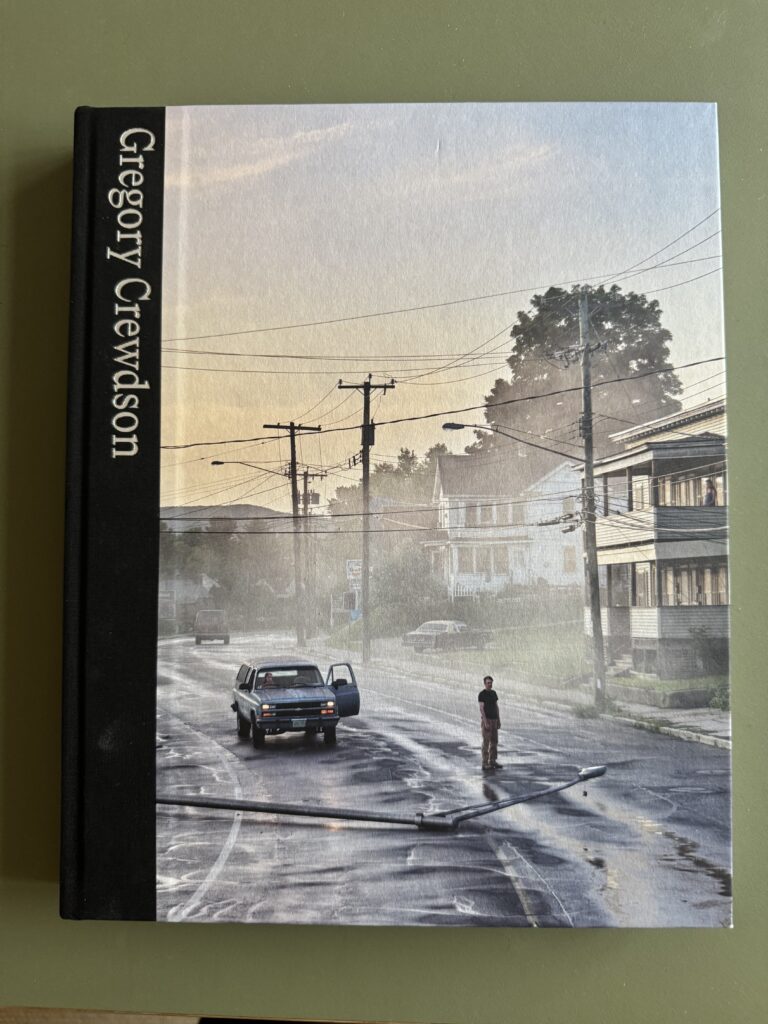
However, when reading this book I was more fascinated by the amount of work Gregory Crewdson puts into every single image. Nothing is left to chance. Large crews with actors and make-up artists are part of making the spectacular scenes that are then documented with a camera. It seems like arranging the camera and hitting the shutter is the 0.0002% of the work.
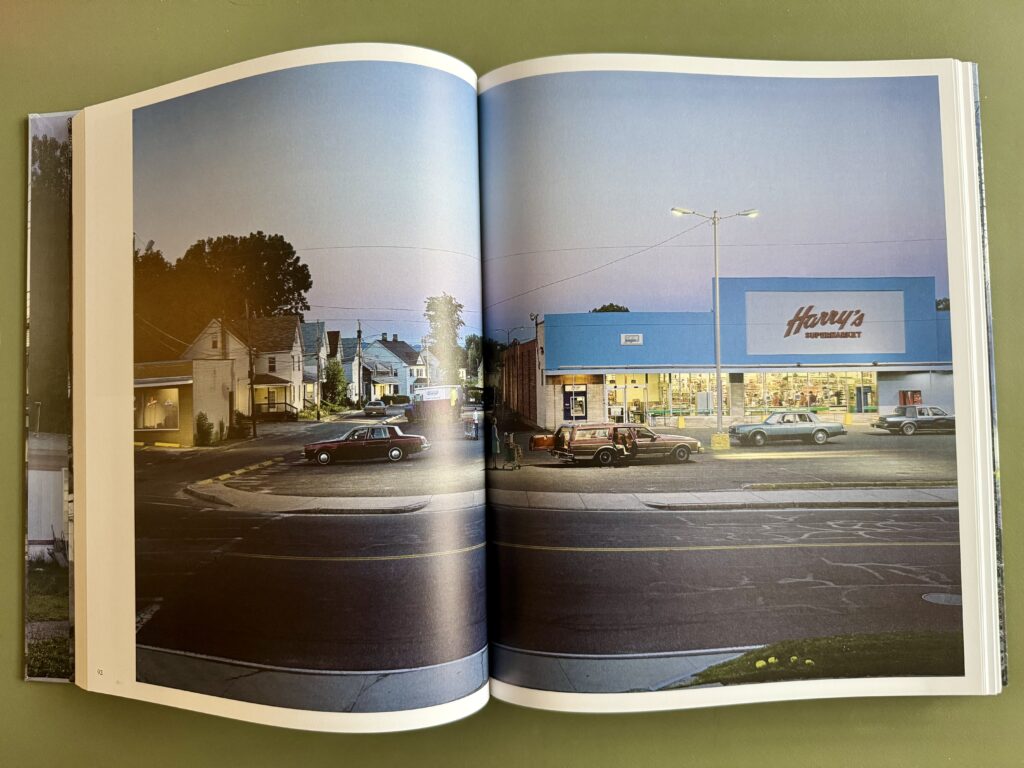
The people in the images are often inactive and with strangely little interaction. Some of them gives me the same feeling as watching a painting by Edward Hopper. A strange feeling that something is off, but you cannot really put your finger on it. And there are tons of details in each image to study – a witness to the effort and planning that has gone into his large scale productions.
As a landscape photographer where I mostly document what is already there, the work of Gregory Crewdson is a great inspiration. He is the most opposite to a snapshot as you can possibly get. And as such a reminder that good a photograph is more made than taken.
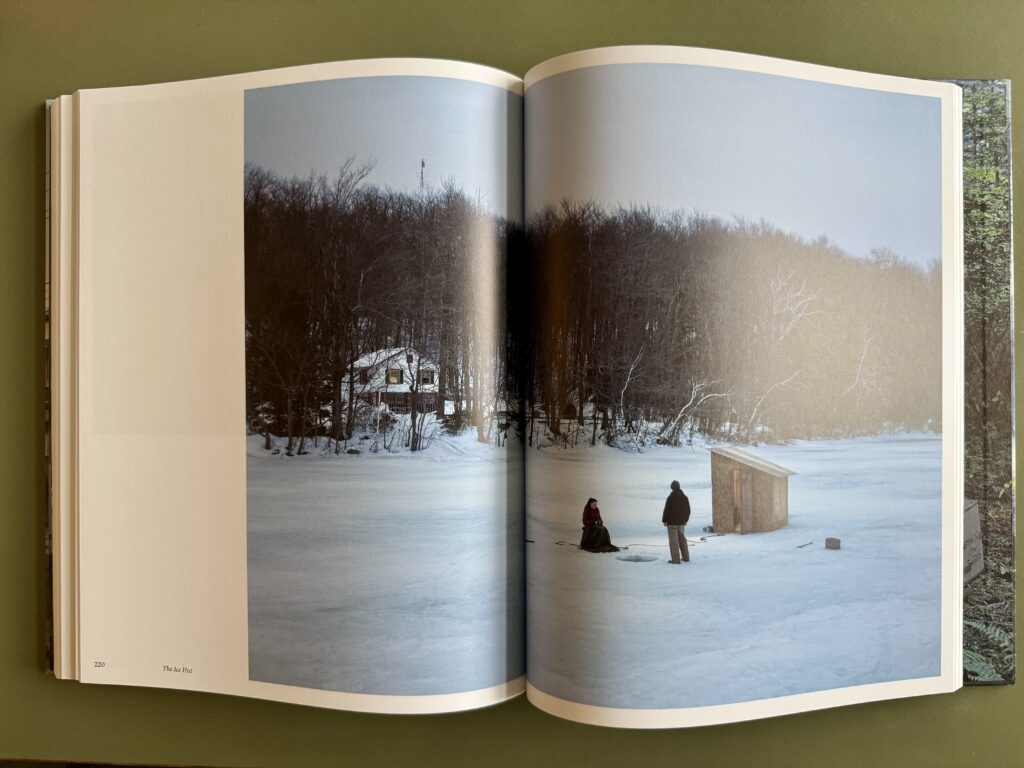
You probably don’t want to follow his lead all the way. But he is a great inspiration for me – my boundaries for what a “shot of the scene” is has definitely moved since I read this book and saw his works. Even as a landscape photographer, I am not afraid to re-arrange a few branches that don’t look right or add a flash in a corner to spark some interest. Maybe not a 20-30 person production planned weeks in advance, but a little nudge in the direction of controlling and managing more inside the frame. And for this inspiration I am ever so thankful. And if you seek a similar vein of inspiration, this books comes highly recommended.

